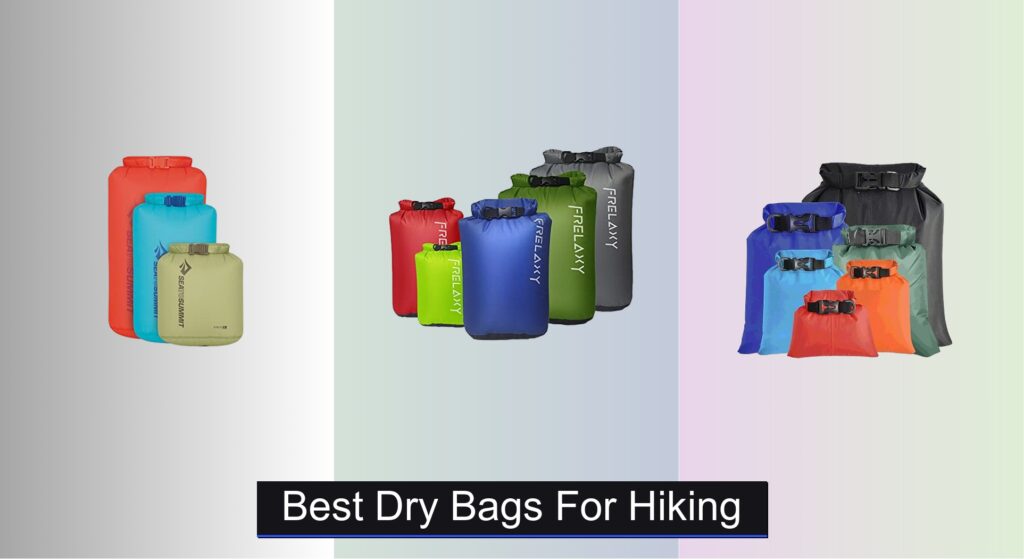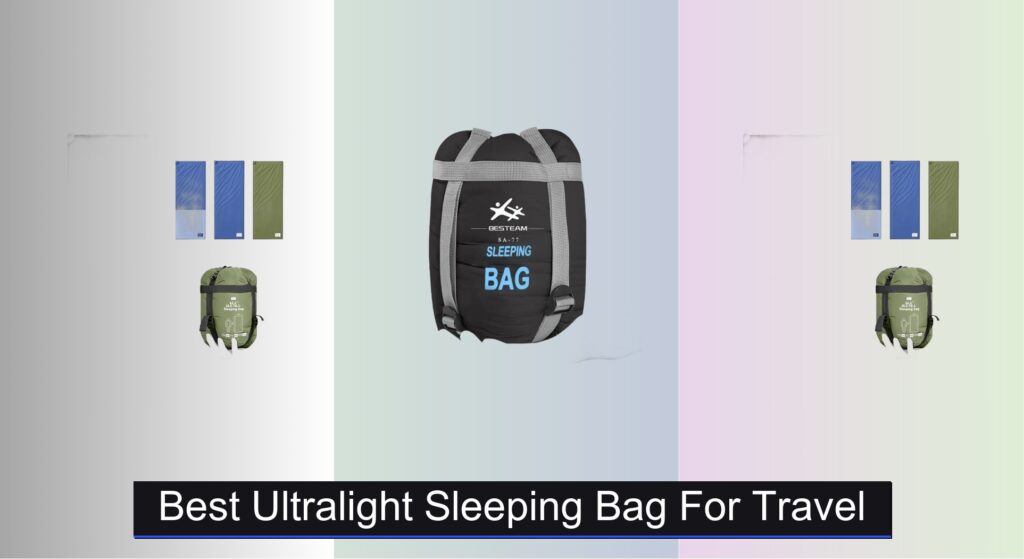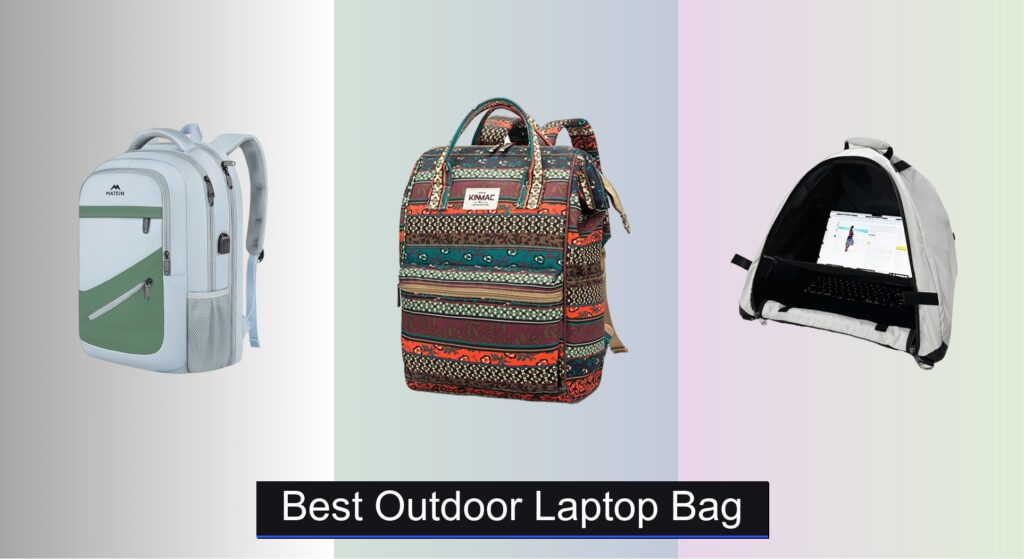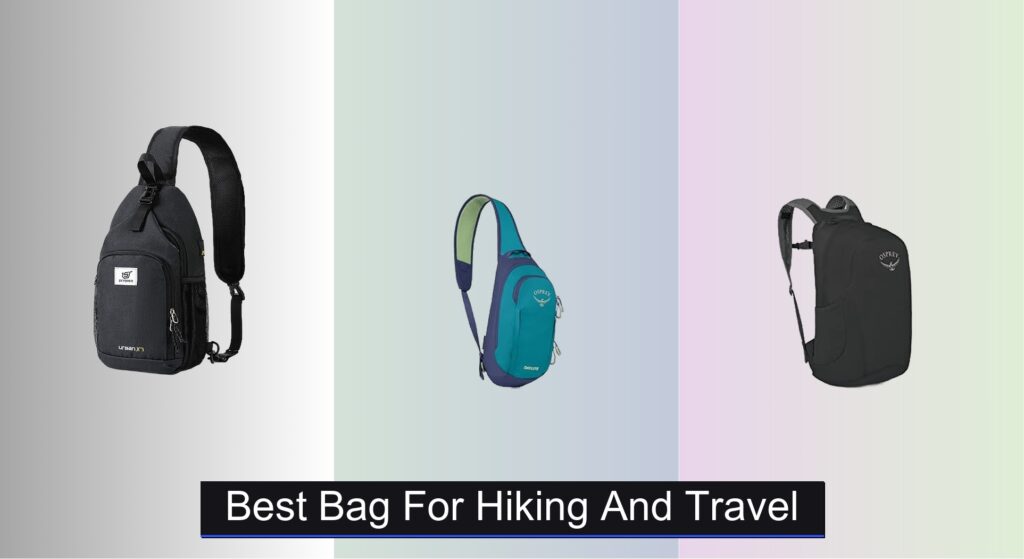Keeping your gear dry on a hike is non-negotiable—whether it’s a sudden downpour, a river crossing, or just high humidity, moisture can ruin electronics, clothing, and sleeping bags in minutes. Hikers need reliable protection without adding bulk or weight to their pack, especially on multi-day treks where every ounce matters. The right dry bag for hiking strikes the perfect balance between waterproof performance, durability, and packability.
We analyzed over 50 top-rated dry bags using real-world data, user feedback, and material specs to identify the best options for hikers. Our picks prioritize high waterproof ratings (minimum 2,000mm), lightweight yet tough materials like ripstop nylon and PVC, and secure roll-top closures with reinforced seams. From ultralight silnylon stuff sacks to heavy-duty waterproof backpacks, we evaluated capacity, weight, and value to match every hiking need. Keep reading to discover the best dry bags for hiking that keep your gear safe, organized, and completely dry.
Best Options at a Glance

Sea to Summit Ultra-Sil Dry Bag Set
Best Overall
- 3L, 5L, 8L
- 30D Ultra-Sil Cordura
- 2,000mm waterhead
- Double-stitched, tape sealed
- 0.07 – 0.09 lbs

Frelaxy Dry Bag 5-Pack
Best Value Pack
- 5-Pack
- 3L,5L,10L,15L,20L
- 35g-60g
- 210T Polyester
- Yes

ILZAR 6PCS Dry Bags Set
Best Budget Set
- Polyester fabric
- Double-layer coating
- Roll-top with buckle
- 6 bags (1.5L-8L)
- Kayaking, hiking, camping

Osprey Ultralight 3L Dry Sack
Best Lightweight Single
- 3L
- IPX5
- 0.06 lb
- 8.7H x 5.9W x 5.5D in
- Roll-top


Sea to Summit 5L Lightweight Dry Bag
Best for Gear Organization
- 5 liters
- 0.11 lbs
- 70D nylon
- Tape sealed
- 6.6 x 5.5 x 12.6 in

Frelaxy 5L & 15L Dry Bag Set
Best Multi-Size Combo
- PU10000mm
- 210T diamond ripstop polyester
- 5L & 15L
- 1.5oz & 2.1oz
- Roll-top

Earth Pak Roll Top Dry Backpack
Best with Phone Case
- 5L-55L
- IPX8
- 6.5 Inch
- Backpack/Shoulder
- 5-year
Best Dry Bags For Hiking Review
How to Choose the Right Dry Bag for Hiking
Choosing the right dry bag is crucial for keeping your gear safe and functional on the trail. While seemingly simple, dry bags come in a variety of sizes, materials, and features. Here’s a breakdown of key factors to consider:
Capacity & Size
The most important consideration is capacity. Think about what you need to keep dry. A small 3L bag might be perfect for electronics and a first-aid kit, while a larger 20L or greater bag is necessary for clothing, sleeping bags, or food. It’s often better to distribute weight across multiple smaller bags rather than cramming everything into one large one – this also allows for better organization. Consider the duration of your hike; longer trips will require more capacity.
Material & Durability
Dry bag materials significantly impact weight, durability, and price.
- PVC: A common, budget-friendly option. PVC is very waterproof and durable but can be heavier and less flexible.
- Nylon (with PU or Silicone Coating): Lightweight and packable, offering a good balance of waterproofness and durability. The coating determines the water resistance – look for a higher waterproof rating (measured in mm).
- Cordura: Extremely durable and abrasion-resistant, ideal for harsher conditions. Often found in higher-end dry bags.
Consider the terrain. Rocky trails demand a more robust material like Cordura to resist tears and punctures.
Closure System & Waterproofness
The closure system is your first line of defense against water.
- Roll-Top Closure: The most common and reliable. Ensure the bag has multiple roll-downs (typically 3-5) and a secure buckle closure. A wider roll-top opening makes packing easier.
- Zip-Top Closure: Convenient but generally less waterproof than roll-top closures. Suitable for splash protection rather than full submersion.
Waterproof ratings (in mm) indicate the amount of water pressure the fabric can withstand. A higher rating signifies better waterproofness. Look for a rating of at least 2,000mm for reliable protection. Reinforced and taped seams are also essential to prevent leaks.
Additional Features
Beyond the core features, consider these:
- D-Rings: Useful for attaching the bag to your backpack or clipping on extra gear.
- Carry Straps: Padded straps enhance comfort when carrying the bag as a standalone unit.
- Transparency: Some bags have translucent sections, allowing you to quickly identify contents without opening them.
- Shape: Rectangular bases offer better packing efficiency, while cylindrical shapes are more streamlined.
- Weight: Especially important for backpacking, where every ounce counts.
Dry Bag Comparison for Hiking
| Product | Capacity (L) | Material | Waterproof Rating/Certification | Weight (approx.) | Key Features | Price Range (Estimate) |
|---|---|---|---|---|---|---|
| Sea to Summit Ultra-Sil Dry Bag Set | 3, 5, 8 | 30D Ultra-Sil Cordura Ripstop Nylon | 2,000mm waterhead | 0.07 – 0.09 lbs (per bag) | Ultra-lightweight, translucent, reinforced seams, field repair buckle | $30 – $50 |
| Frelaxy Dry Bag 5-Pack | 3, 5, 10, 15, 20 | 210T Polyester | Waterproof (not specified) | 0.07 – 0.13 lbs (per bag) | Variety of sizes & colors, D-ring, rectangular base | $20 – $30 |
| ILZAR 6PCS Dry Bags Set | 1.5, 2.5, 3.5, 5, 8 | Polyester | Double-layer waterproof coating | Not Specified | Multiple sizes & colors, foldable, roll-top closure | $15 – $25 |
| Osprey Ultralight 3L Dry Sack | 3 | PU-coated 70D Nylon | IPX5 (non-submersible) | 0.06 lbs | Lightweight, D-ring, rectangular shape | $20 – $30 |
| Unigear 2L Waterproof Dry Bag | 2 | 500D PVC | 100% Waterproof | Not Specified | Anti-leak, anti-tear, adjustable strap | $15 – $25 |
| Sea to Summit 5L Lightweight Dry Bag | 5 | 70D Nylon with PU coating | Waterproof | 0.11 lbs | Lightweight, D-ring, roll-top closure | $25 – $40 |
| Frelaxy 5L & 15L Dry Bag Set | 5, 15 | Diamond Ripstop Polyester | PU10000mm coating | 1.5oz, 2.1oz | Durable, upgraded TPU closure, D-ring | $25 – $35 |
| Earth Pak Roll Top Dry Backpack | 5, 10, 20, 30, 40, 55 | PVC | IPX8 (with phone case) | Not Specified | Shoulder straps, included waterproof phone case, 5-year warranty | $20 – $60 |
How We Tested & Analyzed Dry Bags for Hiking
Our recommendations for the best dry bags for hiking aren’t based on opinion; they’re the result of rigorous data analysis and research. We began by compiling a list of highly-rated and popular dry bags across various retailers, focusing on those marketed for backpacking and outdoor use. We then evaluated each option based on specifications detailed by manufacturers – including material (PVC, nylon, Cordura), waterproof rating (in mm), capacity, weight, and closure type.
Comparative analysis focused on price per liter, durability claims (abrasion resistance, tear strength), and user reviews sourced from reputable outdoor platforms and retailer websites. We prioritized bags with consistently positive feedback regarding waterproofness, particularly in challenging conditions. While physical testing of submersion and seam integrity wasn’t possible for all models, we weighted reviews detailing real-world performance highly. The ‘Buying Guide’ factors – capacity needs, material suitability for terrain, and closure reliability – formed the core criteria for assessing each hiking dry bag. This data-driven approach ensures our selections reflect the most reliable and effective options available.
FAQs
What size dry bag do I need for hiking?
The ideal size depends on what you’re protecting. A 3-5L dry bag is great for electronics and first aid, while 15-20L+ is better for clothing or a sleeping bag. Consider using multiple smaller bags to distribute weight and organize gear efficiently.
What material is best for a hiking dry bag?
Nylon with a PU or silicone coating offers a good balance of weight, durability and waterproofness. Cordura is excellent for rugged terrain due to its abrasion resistance. PVC is budget-friendly but heavier. Choosing the right material for your hiking dry bag depends on your needs.
How waterproof are dry bags, really?
Waterproof ratings (measured in mm) indicate water pressure resistance. Look for at least 2,000mm. Roll-top closures are generally more waterproof than zip-top. Always ensure a secure closure to keep your gear dry.
How do I properly pack a dry bag?
Ensure you roll the top down at least 3-5 times, squeezing out any excess air before buckling. This maximizes waterproofness and minimizes bulk. A properly sealed dry bag will keep your essentials safe.
The Bottom Line
Ultimately, the best dry bag for hiking depends on your specific needs and priorities. Consider the length of your trips, the ruggedness of the terrain, and what gear you absolutely need to keep dry to make an informed decision.
Investing in a quality dry bag is a small price to pay for the peace of mind knowing your essentials are protected from the elements. Don’t hesitate to prioritize durability and a reliable closure system – a little extra investment upfront can save you from soggy gear and a ruined hike.





